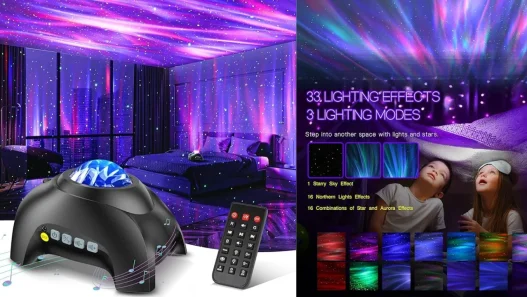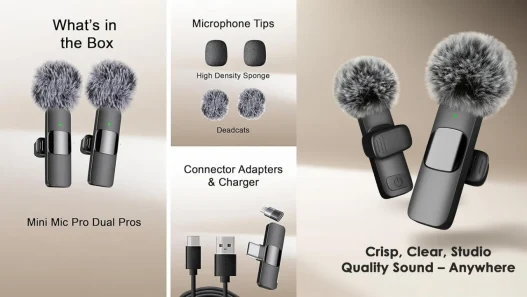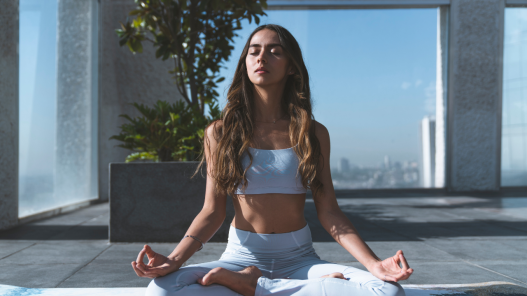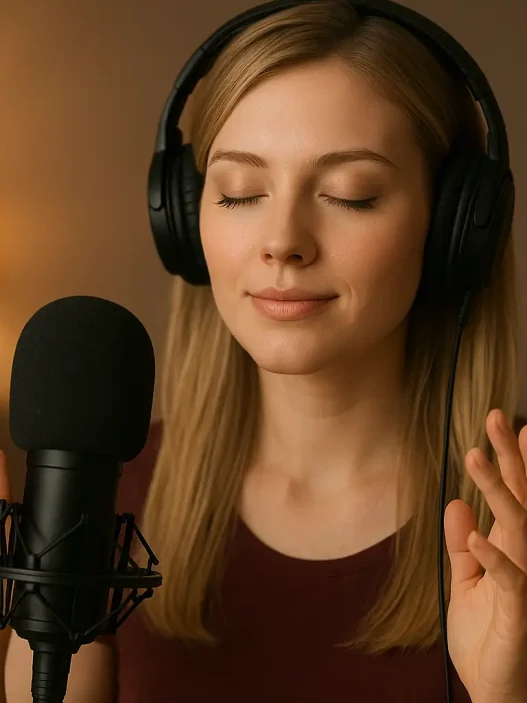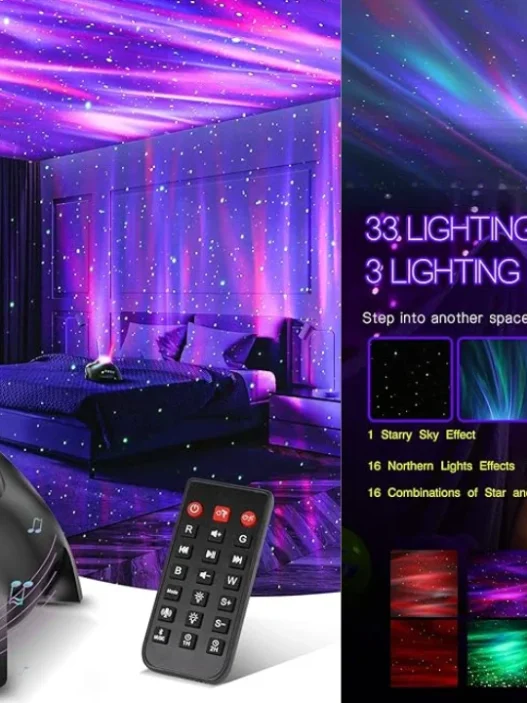If you’ve ever wondered why ASMR videos have millions of devoted fans, the answer lies in their triggers—soothing sounds or visuals that spark calming tingles and melt away stress. But with countless ASMR styles out there, where do you start?
In this guide, we’ll break down the best ASMR triggers for relaxation, backed by science and beloved by the ASMR community. Whether you’re a seasoned listener or a first-timer, these techniques could be your ticket to deeper calm and better sleep.
What Makes an ASMR Trigger Effective?
ASMR triggers work by stimulating the brain’s sensory and emotional centers, often evoking a tingling sensation (called “tingles”) or a wave of relaxation. While triggers vary by person, the most popular ones share common traits:
- Repetitive rhythms (e.g., tapping, brushing)
- Soft, predictable sounds (whispers, crinkling)
- Personal or intimate focus (roleplays, eye contact)
- Familiar, nostalgic stimuli (page-turning, hair brushing)
Let’s dive into the top triggers to help you find your perfect match.
Top 10 ASMR Triggers for Ultimate Relaxation
1. Whispering & Soft-Spoken Voices
Why it works: Gentle vocal tones mimic comforting one-on-one communication, activating the brain’s social bonding response.
- Try: Gentle Whispering ASMR or Latte ASMR for soothing storytelling.
- Pro Tip: Binaural audio (3D sound) with headphones enhances the immersive effect.
2. Tapping & Scratching
Why it works: Rhythmic tapping on wood, glass, or mic covers creates a meditative, focus-inducing pattern.
3. Crinkling & Rustling
Why it works: Crisp sounds from paper, plastic, or foil trigger nostalgia (think unwrapping candy as a kid).
- Try: Crinkly fabric, snack bags, or ASMR Glow’s packaging roleplays.
4. Personal Attention Roleplays
Why it works: Simulated scenarios (e.g., spa visits, haircuts) tap into our craving for care and connection.
5. Nature Sounds
Why it works: Rain, ocean waves, or crackling fires activate the parasympathetic nervous system, lowering stress hormones.
6. Brush & Comb Sounds
Why it works: Hair brushing or mic brushing mimics tactile sensations, ideal for scalp tingles.
7. Mukbang & Eating Sounds
Why it works: Soft chewing, crunching, or sipping triggers ASMR for many (though polarizing for some!).
8. Hand Movements & Visual Triggers
Why it works: Slow, deliberate hand motions (like “hand fluttering”) induce a hypnotic, relaxed state.
9. White Noise & Pink Noise
Why it works: Steady, ambient noise masks distractions and promotes focus or sleep.
- Try: Fan sounds, static, or ASMR Bakery’s “cozy cabin” mixes.
10. Binaural Beats & Layered Sounds
Why it works: 3D audio layers (e.g., whispers + tapping + rain) create a “sound bath” effect.
How to Choose Your Perfect Trigger
Follow These Tips:
- Match triggers to your goal:
- Sleep: Nature sounds, white noise, whispered affirmations.
- Focus: Tapping, typing, or crisp crinkles.
- Stress relief: Roleplays, brushing, or hand movements.
- Experiment with combinations: Many videos layer triggers (e.g., whispering + page-flipping).
- Adjust volume: ASMR is often quiet—use headphones and keep volume low to avoid discomfort.
Why Do Some People Not Feel ASMR?
About 30% of people experience tingles, while others simply feel relaxed. If you don’t “get” ASMR:
- Try visual triggers (kinetic sand, slime).
- Experiment with different times of day (e.g., before bed).
- Focus on relaxation, not just tingles.
ASMR Trigger Myths Busted
- “Triggers are just random noises”: They’re carefully designed to evoke specific neural responses.
- “Eating sounds are gross”: Mukbang ASMR has a huge fanbase—it’s all about personal preference!
- “You need expensive gear”: Most triggers work with basic headphones and free YouTube videos.
FAQ About ASMR Triggers
Q: What is ASMR?
A: Read this details article for know the real answer .
Q: Are certain triggers better for anxiety?
A: Roleplays and personal attention videos are praised for reducing social anxiety.
Q: Can triggers cause discomfort?
A: “ASMR misophonia” is rare, but avoid triggers linked to sounds you dislike (e.g., chewing).
Q: How long until I feel effects?
A: Some feel tingles instantly; others need 10-15 minutes to relax into it.
Ready to Relax?
The beauty of ASMR lies in its diversity—there’s no “right” way to enjoy it. Bookmark this guide, explore the triggers, and let your stress fade with every whisper, tap, or crinkle.
Pro Tip: Create a playlist of your favorite triggers for instant relaxation on tough days.
Loved this list? Share your top ASMR triggers in the comments or tag a friend who needs to unwind!





